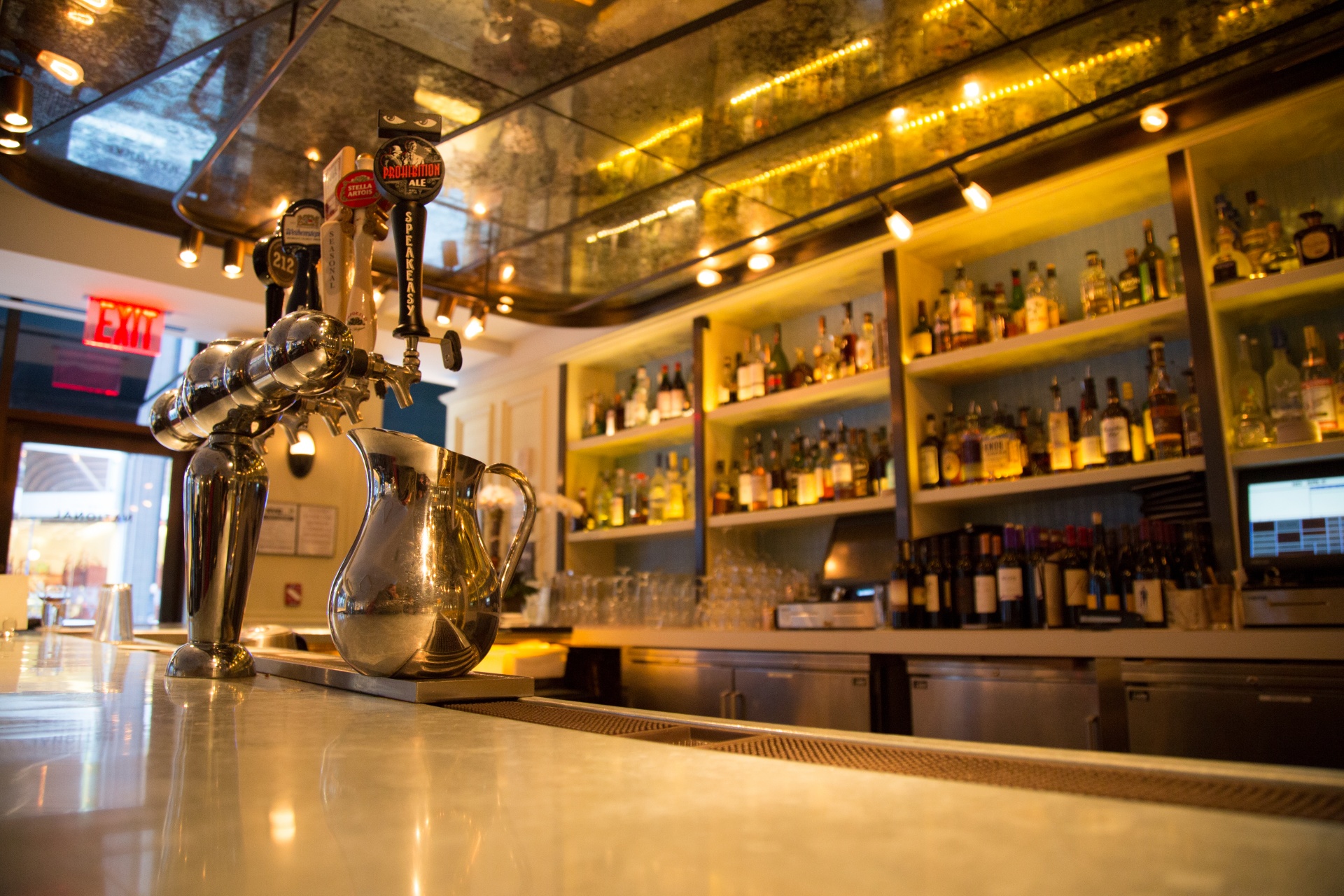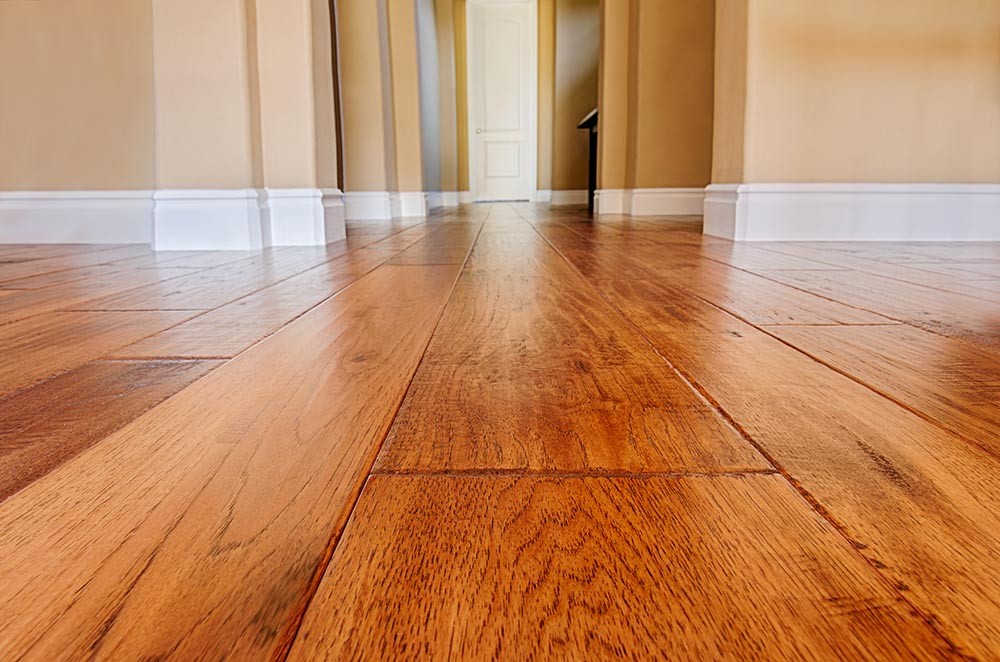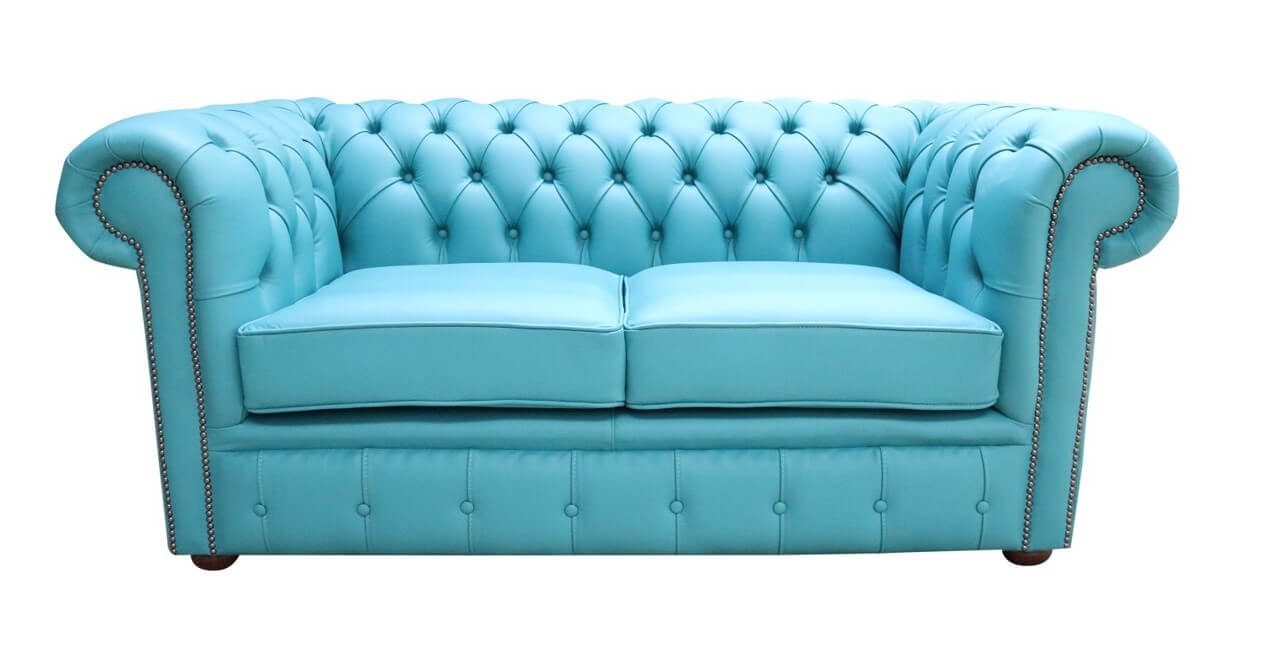Create an Optimal Corporate Kitchen Design Plan
A corporate kitchen design is a crucial aspect of making sure that a commercial kitchen operates efficiently and profitably. It requires careful planning and attention to details. There is no single blueprint for success when it comes to corporate kitchen design, but there are some basics that need to be considered. The primary goal is to provide a space that is suitable for the production, storage and preparation of food. Key elements such as layout, ventilation, lighting, and ergonomics should be kept in mind to create an efficient and hygienic design.
The first step in creating an optimal corporate kitchen design plan is to get an accurate measurement of the area. This can be done through a surveyor or via online measurement tools. Once the measurements have been taken, it is important to explore different options and lay out elements like storage, refrigeration, preparation areas, and workspace. It is important to consider the flow of space within the kitchen and ensure that it is practical and well-organised.
When it comes to creating an ideal corporate kitchen design, attention should be paid to the proper arrangement of equipment and to incorporate the right materials, like stainless steel, vinyl flooring, and other non-porous surfaces. It is also essential to select a reliable supplier who can provide the highest quality products and who have the experience in designing kitchens specific to the customer’s requirements.
Finally, it is important to work with a professional and experienced design team who can guide the development of the corporate kitchen design and provide valuable input and feedback. A successful corporate kitchen design plan depends on considering the needs of the customers, anticipating potential risks, and ensuring that all guidelines and regulations are followed.
Commercial Kitchen Design Layout: What You Should Know
A corporate kitchen design is much more than an ordinary kitchen because it has to accommodate a large number of people, cook a variety of meals, and store large amounts of food, all within a limited space. It requires careful planning and design to ensure that all elements are implemented correctly. There are a few different elements of commercial kitchen design that must be considered.
The layout of the commercial kitchen is the most important part of the design. It should be designed in such a way that all areas are easily accessible and the flow of traffic is efficient. The layout should also be designed to maximize the space available and to reduce the possibility of congestion.
The layout should also include the placement of all equipment such as sinks, stoves, refrigeration, storage, and other appliances. These items should be placed in an efficient manner so that they are easily accessible and any wasted space is minimized. Ergonomics should also be considered when designing the commercial kitchen layout. This is especially important for employees who may be required to stand for long periods of time while they are preparing meals.
Finally, it is important to consider the lighting and ventilation when creating a commercial kitchen design. The lighting should be bright and evenly distributed throughout the space, while maintaining a comfortable level of ambient light. The ventilation should also be carefully planned to ensure the surrounding air is safe and clean.
Top 3 Tips to Save Money on Your Corporate Kitchen Design
A corporate kitchen design can be a big investment. But with the right planning and strategies, you can save on costs and make your kitchen design as efficient and profitable as possible. Here are the top three tips to help you cut your expenses for your corporate kitchen design.
The first tip is to research and select the most affordable materials. There are many materials, such as stainless steel, vinyl flooring, and other non-porous surfaces available that can help you save on costs without compromising on quality. You should also compare suppliers to get the best deals on the materials you need.
The second tip is to consider energy efficiency when purchasing equipment. You can cut down on energy costs by investing in energy efficient appliances. This can help reduce monthly bills and improve the overall profitability of the corporate kitchen design.
The third and final tip is to outsource the construction. This may cost more upfront but it can help reduce labor costs and can be more cost effective in the long run. If you are able to hire experienced professionals, it can also help ensure the highest quality results.
6 Essentials to Consider When Designing a Corporate Kitchen
Designing a corporate kitchen is a complex and detailed process that requires specific considerations. It is important to consider the following essentials when designing a corporate kitchen. By focusing on these key elements, a kitchen will be efficient, functional, and profitable.
The layout of the corporate kitchen should be well thought out and planned with the goal of minimizing space and traffic. The layout must be practical and should consider the flow of traffic, the placement of food storage and preparation areas, and the location of electrical outlets. It is also important to implement long-term solutions and to incorporate change when needed.
The equipment should also be carefully selected. It should be of the highest quality and should be energy efficient. In addition, the appliances should be the correct size for the space and should be easy to clean and maintain. All appliances should also be safe for food handling and should meet all safety regulations.
The ventilation of the corporate kitchen should also be considered. This is essential in order to ensure that the air is safe and clean, and to prevent the accumulation of potentially hazardous fumes and odors. In addition, the ventilation should be efficient in removing excess heat generated by cooking appliances.
The lighting should be bright and evenly distributed throughout the kitchen. Energy efficient lighting can also help save on costs. Ambient lighting should also be kept at a comfortable level in order to create a pleasant working environment.
Finally, the ergonomics of the corporate kitchen should be carefully considered. This is important in order to create an environment that is comfortable for employees and customers alike. Proper ergonomics help to reduce the risk of injury and fatigue while providing a safe and efficient work environment.
Design Guidelines and Considerations for Successful Corporate Kitchen Design
Successful corporate kitchen design requires adherence to certain guidelines and considerations. These guidelines are designed to ensure that the kitchen operates efficiently, safely, and profitably. All guidelines and considerations should be taken into account when planning and designing a corporate kitchen.
Layout is the most important consideration when it comes to corporate kitchen design. The layout should be designed to ensure the maximum efficiency and productivity and should be practical and organized. Long-term solutions should also be taken into account when designing the layout.
Ventilation and lighting must be taken into consideration. The ventilation should be designed to ensure that the air is clean, safe, and comfortable. And the lighting should be designed to be both efficient and effective.
The selection of equipment is also an essential factor in creating a successful corporate kitchen design. The equipment should be of the highest quality and should be energy efficient. The correct size of equipment should also be chosen to ensure optimal efficiency.
Finally, the ergonomics of the corporate kitchen should be carefully planned. This is critical in order to ensure a safe and comfortable working environment for all employees and customers. Proper ergonomics also reduce the risk of injury and fatigue.
The 7 Keys to Corporate Kitchen Design
Creating a corporate kitchen design requires a great deal of thought and planning. There are a few considerations which one must take into account to ensure that the design is efficient and profitable. The following are the seven keys to successful corporate kitchen design.
Layout is the most important factor when designing a corporate kitchen. The layout should be designed for maximum efficiency and the flow of traffic should be considered to minimize congestion and waste. In addition, the layout should be designed to ensure that the equipment is easily accessible and ergonomic.
Ventilation and lighting must also be taken into consideration. The ventilation should ensure that the air is clean and safe, while the lighting should be bright and evenly distributed throughout the space.
Equipment should be chosen carefully. The equipment should be of the highest quality and should be energy efficient. It is important to ensure that all equipment meets safety regulations.
Ergonomics should also be kept in mind. This is to ensure that employees and customers are comfortable and to reduce the risk of injury. Proper ergonomics should be taken into consideration when designing equipment and seating.
Materials should also be chosen carefully. Materials like stainless steel and vinyl flooring have been proven to be efficient and cost effective.
Maintenance is another key consideration. The kitchen should be designed to minimize maintenance and repair costs and to ensure the longevity of all equipment.
Storage is an often overlooked factor in corporate kitchen design. Proper storage of food items and ingredients is essential in order to reduce waste and to maximize profits.
How to Optimize Your Corporate Kitchen Design for Efficiency
Creating an efficient corporate kitchen design requires careful planning and consideration of several key elements. There are a few tips and tricks to help optimize the design for maximum efficiency and profitability.
The first step is to get an accurate survey of the area. This can help you to create a design that uses the available space to its full potential. In addition, it is important to look for any potential obstacles like pipes or wires that may limit the design.
Think carefully about the layout. The layout should be designed for maximum efficiency. Consider the flow of traffic and focus on minimizing wasted space. In addition, use elements such as colour coding and signage to help employees quickly find the items they need.
Select the most efficient equipment. The right equipment is essential for a successful corporate kitchen design. Carefully select the equipment to make sure it is the right size and is energy efficient. Energy efficient equipment can help cut costs and improve the overall profitability of the design.
Make sure ventilation and lighting is adequate. The ventilation should be designed to ensure that the air is safe and clean. And the lighting should be bright and evenly distributed.
Think about ergonomics. Ergonomics is an often overlooked factor when it comes to corporate kitchen design. Proper ergonomics can help reduce the risk of injury and fatigue while also creating a more comfortable working environment.
Utilize long-term solutions. Long-term solutions should be considered when designing a corporate kitchen. This can help cut down on future costs and can help ensure that the design is as efficient and profitable as possible.
What to Look for When Designing a Corporate Kitchen
When designing a corporate kitchen, it is important to consider several key elements. From layout to equipment and ventilation to lighting, there are a few things to keep in mind to ensure efficiency and profitability.
The first consideration is the layout. The layout should be designed to ensure maximum efficiency and to minimize wasted space. The placement of equipment and appliances and the flow of traffic should also be carefully considered.
The second consideration is the equipment. The equipment should be of the highest quality and should be energy efficient. The size of the equipment should also be considered to ensure that it is suitable for the space.
The third consideration is ventilation. The ventilation is essential for ensuring a clean and safe working environment. The ventilation should be designed to remove excess heat generated by appliances and to ensure that the air is pure.
The fourth consideration is lighting. The lighting should be bright and evenly distributed throughout the kitchen. Energy efficient lighting can also help reduce costs.
The fifth consideration is ergonomics. Ergonomics should be taken into consideration in order to create comfortable and safe working conditions. This is especially important for staff who may be required to stand for long periods of time.
The sixth consideration is materials. The materials used in the design should be of the highest quality and should be affordable and cost-effective. Stainless steel and vinyl flooring have been proven to be efficient and cost-effective options.
The seventh consideration is maintenance. The design should be designed to minimize maintenance and repair costs in order to maximize profits.
Corporate Kitchen Design: Defining & Adapting For The New Norm
As the world begins to adjust to the ‘new normal’ following the COVID-19 crisis, many companies are being forced to rethink their corporate kitchen designs. The design of a corporate kitchen has become a key consideration for many, as they look to ensure maximum efficiency, safety, and profitability while maintaining compliance with government regulations, health codes, and safety standards.
When designing a corporate kitchen for the new normal, the most important consideration is the layout. The layout should be designed for maximum efficiency and maximum safety. The use of space, the placement of equipment, and the flow of traffic should all be taken into consideration to help minimize congestion and the risk of cross-contamination.
The choice of materials should also be taken into account. Materials like stainless steel, vinyl flooring, and other non-porous surfaces can help ensure a clean and safe working environment. In addition, energy efficient appliances should be chosen to help reduce costs and improve the overall efficiency of the design.
The ventilation and lighting should also be considered. The ventilation should be designed to ensure that the air is clean and safe, while the lighting should be bright and evenly distributed throughout the space.
Finally, the ergonomics of the kitchen should be taken into account. Ergonomics are essential in order to create a comfortable and safe working environment for employees and customers, and to reduce the risk of injury and fatigue.
Effective Corporate Kitchen Design: Guidelines & Techniques
Design Your Corporate Kitchen to Increase Productivity and Efficiency
 Every kitchen, whether it’s in a restaurant, hotel, or corporate office, should be designed with productivity and efficiency in mind. A
well-designed kitchen
helps to ensure staff are comfortable and have everything they need at an arm’s reach, and that cooking time can be kept to a minimum.
Every kitchen, whether it’s in a restaurant, hotel, or corporate office, should be designed with productivity and efficiency in mind. A
well-designed kitchen
helps to ensure staff are comfortable and have everything they need at an arm’s reach, and that cooking time can be kept to a minimum.
Tips for Designing a Corporate Kitchen
 While there is no definitive guide to corporate kitchen design, there are some guidelines that will help you make the most of your space and create an organized and efficient workspace:
While there is no definitive guide to corporate kitchen design, there are some guidelines that will help you make the most of your space and create an organized and efficient workspace:
- Focus on flow : The layout of your corporate kitchen should allow staff to move around freely and easily from one task to another. This will also help staff work together as a team and help them practice safety without having to worry about anything getting in their way.
- Choose functional kitchenware : Make sure to invest in good-quality kitchenware that will last. Look for items that are easy to clean and maintain, as these will help to reduce time spent cleaning up.
- Utilize vertical space : A corporate kitchen can quickly become cluttered and cramped, so make sure to utilize every inch of available space. Consider installing wall-mounted shelves or cabinets to free up countertop space.
- Incorporate storage solutions : Make sure the corporate kitchen is equipped with adequate storage solutions. Install shelves, cupboards, and drawers that can be used to store ingredients, kitchenware, and any other items needed to make the kitchen run smoothly.
What to Consider When Designing a Corporate Kitchen
 When designing a corporate kitchen, there are a few factors to consider, such as the size of the space and the type of equipment needed. You will also need to think about the ventilation requirements for the space, as well as the kitchen’s overall appearance. Always be sure to consult with a professional kitchen designer to ensure all safety requirements are met.
When designing a corporate kitchen, there are a few factors to consider, such as the size of the space and the type of equipment needed. You will also need to think about the ventilation requirements for the space, as well as the kitchen’s overall appearance. Always be sure to consult with a professional kitchen designer to ensure all safety requirements are met.
The Benefits of Investing in a Well-Designed Corporate Kitchen
 A well-designed corporate kitchen not only ensures staff can work safely and efficiently but also makes it easier to keep the space organized and clean. Additionally, an efficient corporate kitchen can help to save time and money as staff can work quickly and have everything they need at their disposal. Investing in the right design solutions can also provide a good return on investment for many years to come.
A well-designed corporate kitchen not only ensures staff can work safely and efficiently but also makes it easier to keep the space organized and clean. Additionally, an efficient corporate kitchen can help to save time and money as staff can work quickly and have everything they need at their disposal. Investing in the right design solutions can also provide a good return on investment for many years to come.

















































































